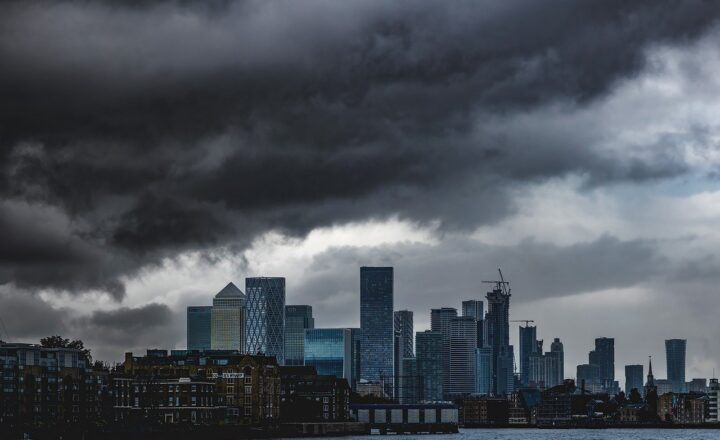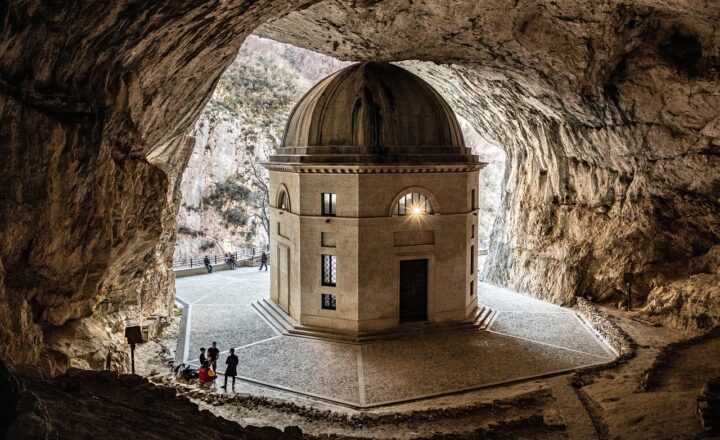The Last Glacial Maximum: When Ice Covered Much of North America and Eurasia
November 14, 2024

The Last Glacial Maximum (LGM) was a significant period in Earth’s history, characterized by extensive glacial coverage across North America and Eurasia. It occurred roughly 26,500 years ago, during the Pleistocene epoch, and its effects shaped not only the continents’ landscapes but also impacted biodiversity, human migration, and even climate patterns that persist to this day.
1. Understanding the Last Glacial Maximum
The LGM represents a time when ice sheets reached their maximum extent, with thick glaciers covering vast areas of the Northern Hemisphere. During this period, the average global temperatures were significantly lower than today, resulting in a climatic environment that was drastically different. Researchers estimate that the volume of water locked in ice was around 25 million cubic kilometers, which led to a drop in sea levels of approximately 120 meters compared to present levels.
Major Ice Sheets
The dominant ice sheets during the LGM included the Laurentide Ice Sheet in North America, which extended as far south as present-day New York and Chicago, and the Fennoscandian Ice Sheet in northern Europe, which covered parts of Norway, Sweden, Finland, and northwestern Russia. Beyond these, smaller glaciers were present in the Alps, the Himalayas, and various mountains worldwide.
2. The Impact of the LGM on Landscapes
The LGM fundamentally reshaped the Earth’s surface. Glacial erosion, characterized by the scrapping away of soil and rock, led to the formation of unique geographical features:
- U-shaped Valleys: Formed by glacial movement, these valleys demonstrate how glaciers carve deep trenches into the earth’s surface, creating stunning landscapes like those seen in Yosemite National Park.
- Moraine Deposits: As glaciers advanced and retreated, they deposited rocks and sediment known as moraines which now serve as natural borders between valleys and create beautiful ridges.
- Glacial Lakes: The melting glaciers filled depressions left behind, forming glacial lakes which became vital ecosystems for diverse wildlife.
The aftermath of the LGM allowed for further changes in the distribution of flora and fauna across the continents, drastically impacting evolutionary paths.
3. Climate Patterns and Impact on Ecosystems
With the ice sheets in place, the climate was colder and drier, leading to specific ecosystems adapting to these harsh conditions. The tundra biome emerged as a dominant landscape, populated by hardy species capable of surviving the extreme cold:
- Vegetation: Vegetation included mosses, lichens, and low shrubs that could withstand permafrost. Boreal forests expanded in areas slightly to the south of the ice sheets, which provided habitat for many species.
- Wildlife: Species such as woolly mammoths, saber-toothed cats, and mastodons thrived under these conditions. However, as the climate warmed and the glaciers retreated, these species faced drastic changes to their habitats, leading to their eventual extinction.
The fauna that survived underwent significant adaptations to changing climatic conditions and the emergence of new ecosystems as the ice melted.
4. Human Migration During the LGM
Interestingly, the LGM also had a profound impact on human history. As glaciers expanded, human populations were forced to adapt their migration patterns:
- Land Bridges: Lower sea levels resulted in land bridges emerging, such as the Bering Land Bridge that connected Asia to North America, allowing the migration of humans and animals to new territories. This migration led to the occupation of the Americas by humans who hunted large game and gathered available resources.
- Survival Strategies: Humans adapted their survival strategies to cope with the cold environment, relying on hunting, clothing made of animal skins, and living in smaller, mobile groups to track animals across the tundra landscapes.
Archaeological findings suggest various tools and habitation sites from this period, providing insight into the lives of Early Man during the LGM. The connection between human survival and climatic conditions remains a focal point for researchers today.
5. The End of the Last Glacial Maximum
By 19,000 years ago, the planet began warming, leading to the gradual retreat of ice sheets and significant shifts in climate. The thawing of the ice not only elevated sea levels but also transformed landscapes, making way for lush vegetation and new ecosystems. Witnessing the resurgence of flora and fauna, the earth began to restore balance following the cold grip of the LGM:
- Transition to the Holocene: The end of the LGM marked the transition into the Holocene epoch, characterized by warmer climates and the establishment of stable ecosystems. The world witnessed flourishing forests, diverse wildlife, and the emergence of agriculture as human populations settled down for a more sedentary existence.
- Current Implications: Understanding the LGM is crucial for recognizing modern climate change patterns. The impact of natural climatic shifts leads to a renewed interest in how our current actions will affect future climates and ecosystems.
Through scientific research, we now know that the consequences of the LGM shaped not just the geography of our planet but also the narrative of human history and the development of civilization as we understand it today.
Conclusion
The Last Glacial Maximum was a remarkable and defining period in Earth’s history. From shaping continents and ecosystems to influencing human migration patterns, its effects resonated deeply throughout millennia. As we continue to study this period, we gain vital insights into our planet’s past and the delicate balance of climate that impacts the present and future of humankind.
By understanding the forces at play during the LGM, we build the foundation for predicting future climatic changes and their potential consequences on both the natural world and human societies.







